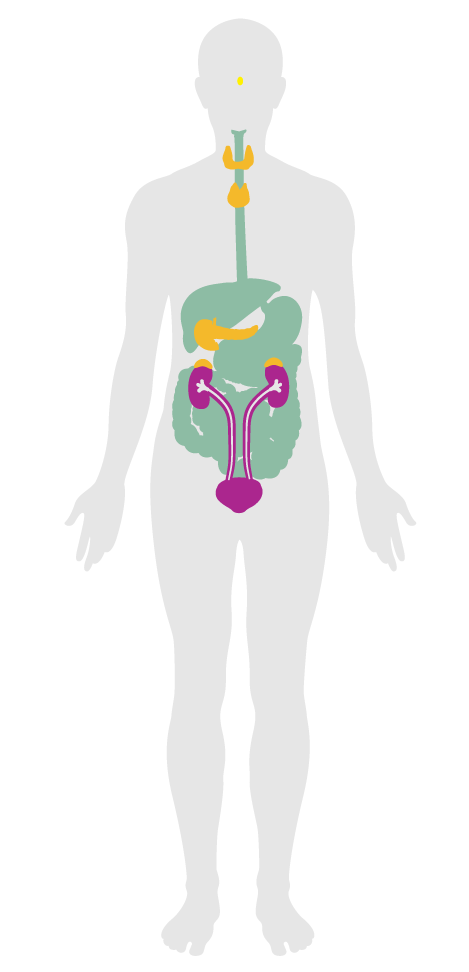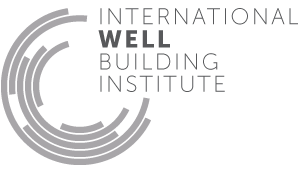Drinking water promotion
37. Drinking water promotion
Access to clear, good-tasting water helps to promote proper hydration throughout the day. Many otherwise healthy people unknowingly suffer from mild dehydration, a condition where there is less water and fluids in the body than there should be, which results in avoidable symptoms such as muscle cramps, dry skin and headaches. Drinking plenty of water, especially when exercising and at higher temperatures is essential to ensure good hydration. Improving the taste and appearance of tap water encourages increased water consumption and reduces reliance on bottled water.
This feature sets limits for dissolved minerals that can compromise the taste and appearance of water, and requires that drinking water is easily accessible throughout the building.
All water being delivered to the project area for human consumption:
To encourage water consumption, the following is met:
The components of dispensers that provide water for human consumption are cleaned with at least the following regularity:
The following requirements are met to promote water consumption and to reduce the consumption of less healthy alternatives:

Applicability Matrix
| Core & Shell | New & Existing Buildings | New & Existing Interiors | |
|---|---|---|---|
| Part 1: Drinking Water Taste Properties | O | O | O |
| Part 2: Drinking Water Access | - | O | O |
| Part 3: Water Dispenser Maintenance | - | O | O |
| Part 4: Outdoor Drinking Water Access | - | - | - |
| Commercial Kitchen | Education | Multifamily Residential | Restaurant | Retail | |
|---|---|---|---|---|---|
| Part 1: Drinking Water Taste Properties | O | O | O | O | O |
| Part 2: Drinking Water Access | - | O | - | O | O |
| Part 3: Water Dispenser Maintenance | O | O | - | O | O |
| Part 4: Outdoor Drinking Water Access | - | O | - | - | - |
Verification Methods Matrix
| Letters of Assurance | Annotated Documents | On-Site Checks | |
|---|---|---|---|
| Part 1: Drinking Water Taste Properties | Performance Test | ||
| Part 2: Drinking Water Access | Architect | Spot Check | |
| Part 3: Water Dispenser Maintenance | Operations Schedule | ||
| Part 4: Outdoor Drinking Water Access | Architect | Spot Check |
| 37.1.d |
The New York State Department of Health notes that water containing more than 270 mg/L of sodium should not be used by people on moderately restricted sodium diets. |
| 37.3.a |
The EPA's Drinking Water Best Management Practices notes that it is "important to clean drinking water fountains to remove lime and calcium build-up." |
| 37.3.b |
The EPA's Drinking Water Best Management Practices note to clean debris out of all outlet screens and aerators on a regular basis. |
| 37.1.a |
The EPA Secondary Drinking Water Regulations set a secondary Maximum Contaminant Level for Aluminum concentrations at 0.2 mg/L. |
| 37.1.b |
The EPA Secondary Drinking Water Regulations set a secondary Maximum Contaminant Level for Chloride concentrations at 250 mg/L. |
| 37.1.c |
The EPA Secondary Drinking Water Regulations set a secondary Maximum Contaminant Level for Manganese concentrations at 0.05 mg/L. |
| 37.1.e |
The EPA Secondary Drinking Water Regulations set a secondary Maximum Contaminant Level for Sulfate concentrations at 250 mg/L. |
| 37.1.f |
The EPA Secondary Drinking Water Regulations set a secondary Maximum Contaminant Level for Iron concentrations at 0.3 mg/L. |
| 37.1.g |
The EPA Secondary Drinking Water Regulations set a secondary Maximum Contaminant Level for Zinc concentrations at 5 mg/L. |
| 37.1.h |
The EPA Secondary Drinking Water Regulations set a secondary Maximum Contaminant Level for Total Dissolved Solids concentrations at 500 mg/L. |
| 37.4.a |
The Healthy Eating Design Guidelines for School Architecture provides design strategies, including the provision of an "outdoor kitchen with access to potable water." |
